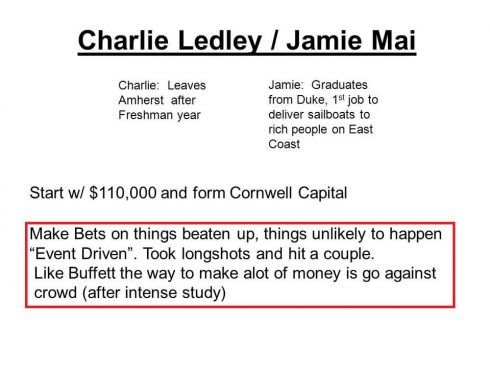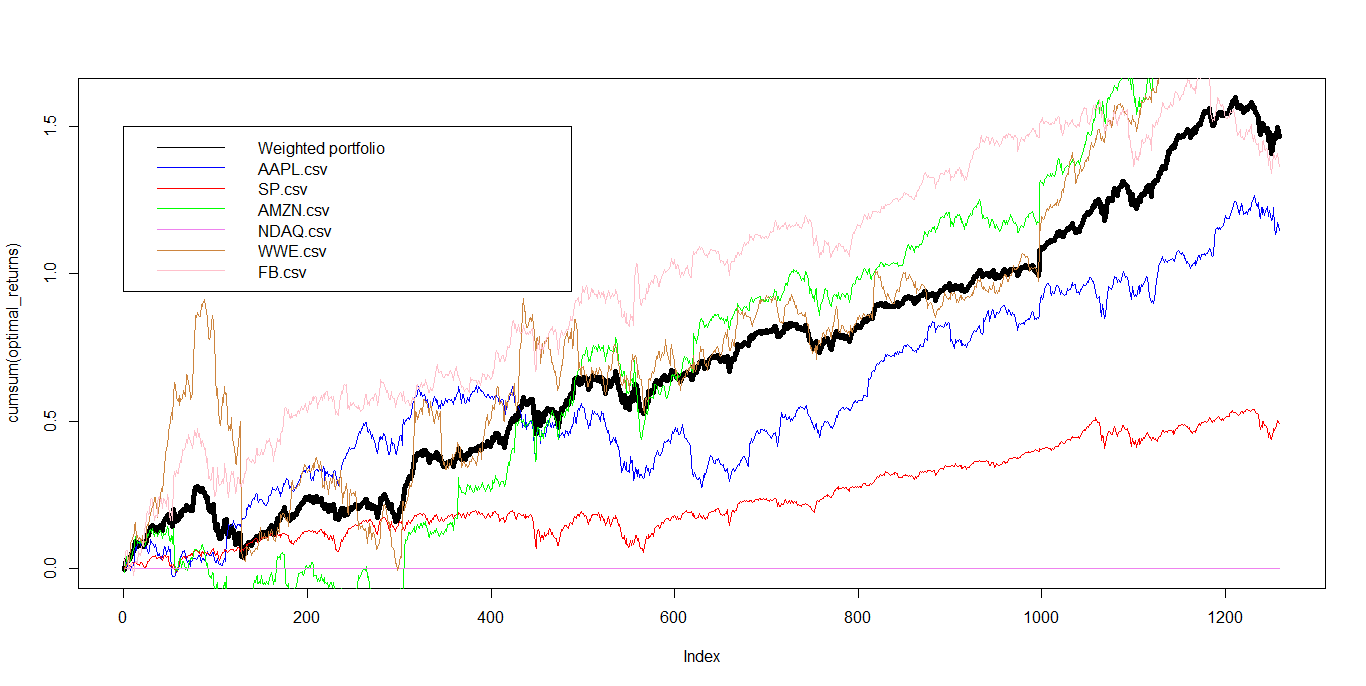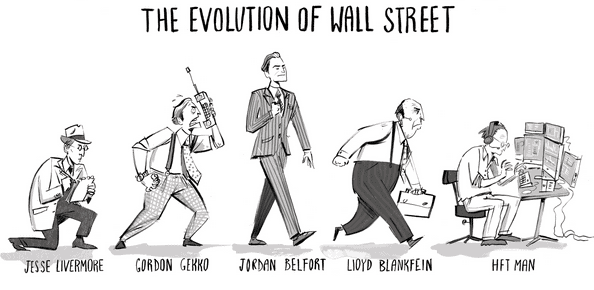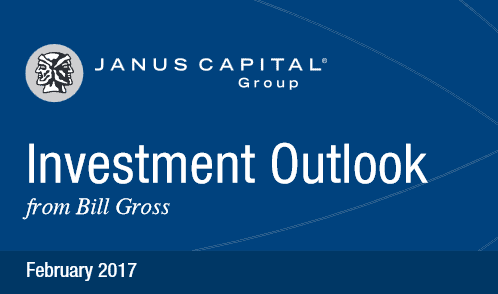Maglan Capital Hedge Fund Letter and investment-thesis Globalstar
Catalysts Continue
In January, the positive catalysts affecting our portfolio continued. With respect to Madalena Energy (MVN; MDLNF), the company closed its joint-venture for unconventional oil and gas, development and production with Pan-American Energy, with respect to the Coiron Amargo block in the Vaca Muerta basin. Pan-American has announced that drilling of the first shale oil-well in Coiron Amargo will commence in February. We are looking forward to positive results from the well and, thereafter, affirmation and commencement of the planned $100mm pilot project in Coiron Amargo.
On the broader front of Argentina oil and gas, in mid-January, the Government announced a comprehensive agreement among the Government, labor unions and oil companies. The agreement sets the guaranteed price for oil for 2017 (gradually declining from $61.50, with a $55/barrel floor), reduces the costs of labor, and guarantees increased investment in oil and gas development from the largest energy producers for 2017. All of this bodes well for the industry and for Madalena; it provides transparency and predictability to the Argentine energy market, and it brings the Argentine oil pricing closer to the free- or open-market. These conditions should increase the interest by foreign investors in Argentina’s energy market; the home of the world’s 4th largest shale-oil reserves and 2nd largest shale-gas reserves.
Globalstar (GSAT)
In December, Globalstar received FCC approval for terrestrial use of its 2.4 GHz spectrum (“TD-LTE”). Since then, the company has been firing on all cylinders with potential business partners and acquirors (that the company cannot discuss publicly) and with analysts and investors. During the last week in January, the company’s leadership, including Chairman and CEO, Jay Monroe, were in New York for meetings organized by JPMorgan, Morgan Stanley, Cantor Fitzgerald and Odeon Securities. It was particularly good to see that the company is sensitive to the needs of investors, who have not communicated with management in an organized and public manner in over a year, due to the critical and fragile nature of the FCC proceedings.
Prior to the investor and analyst meetings, the company announced that, in the few weeks since FCC approval, the company had already filed for approval of TD-LTE in 3 countries (which countries exactly, were not specified) and that it would file in another 2 countries by end of the 1st quarter.1 The international filings made by the end of the 1st quarter, will cover an aggregate population of 375 million (greater than the population of the US). The company expects at least some of the approvals later this year. Furthermore, in contrast to the US, where Globalstar’s spectrum is 11MHz, internationally, Globalstar’s spectrum is much larger, at 16.5MHz.
1 Globalstar’s license from the International Telecommunication Union covers 194 countries. Globalstar also has spectrum holdings in the 1.6, 5 and 7 GHz bands.
Company Meetings
The analyst and investor meetings that we attended were full to capacity. For brand-new investors, the company provided concise background and introduction, and for all attendees, the company provided fulsome discussions on next-steps and options available to the company for monetizing its spectrum assets.
Globalstar management, including Jay Monroe (who owns 70% of Globalstar’s stock; read: alignment of interests) is very aware of the constantly changing and developing wireless environment and is always thinking about ways that the company’s 2.4 GHz spectrum could fit into that world. The company emphasized its interest in “de-risking” the spectrum, by partnering with a partner that can deploy the spectrum in its business in the US, and possibly internationally.
No realistically achievable amount of new spectrum will be able to service even the most conservative demand for mobile data requirements; soon, the demand and need for spectrum will outstrip supply. In addition to simply providing additional capacity, Globalstar’s spectrum-band holds physical, regulatory, and ecosystem qualities that distinguish it from other current and anticipated spectrum allocations. The spectrum is uniquely appropriate for indoor and outdoor small-cell deployment.
The globally harmonized nature of Globalstar’s spectrum and the fact that existing Wi-Fi routers can detect and utilize Globalstar’s spectrum-band, make Globalstar’s spectrum particularly enticing, especially to global technology companies, such as, Google, Amazon, Apple, Microsoft, etc., that have been seeking an immediate gateway into the home, subverting the telecom and cable operators. Moreover, new FCC Chairman Ajit Pai’s vow to reverse net-neutrality/Title 2, will push tech companies to even more aggressively seek spectrum, in order to bring them closer to the end-customer. For instance, until now, Google’s entire wireless business plan was based on net-neutrality; with the overturning of net-neutrality that will have to change dramatically.
Amazon also has overtly stated its desire to have a closer relationship with the consumer, as the company has dug deeper into the home (e.g. Echo/Alexa). Furthermore, using the TD-LTE standard, will shorten the deployment cycle for including the necessary chipsets in transceivers and devices. Incidentally, we assume that Globalstar is already working with a major chipset manufacturer, however, a non-disclosure relationship limits Globalstar’s ability to speak openly on the subject.
Aside from technology companies, the rapid growth in mobile data is creating demand for additional spectrum, with wireless providers, like Verizon and T-Mobile, potentially the most interested in adding to their spectrum portfolio.
One of the very positive aspects of Globalstar’s spectrum that did not receive much attention until now, is that it has NO build-out requirements. Meaning, unlike other spectrum rights granted by the FCC, which require equal buildout across desirable geographies and undesirable, unprofitable geographies, Globalstar’s spectrum can be built-out wherever and whenever, enabling buildout and emphasis exclusively in valuable areas (e.g. urban, densely-populated cities). Moreover, unlike all other spectrum rights granted by the FCC, Globalstar’s spectrum has no timetable for buildout or forfeiture. Therefore, Globalstar’s spectrum could be part of a longer-term plan for any partner/buyer.
M&A Environment
The Financial Times recently declared that US telecom and cable companies are preparing for a “Big Bang” year of corporate transactional activity,2 citing President Trump’s easing of regulations, the need for telecom and cable companies to fend off digital disruption from technology groups, and the conclusion of the FCC’s TV Broadcast Incentive Auction. More generally, there is no realistically achievable amount of new spectrum resource that can currently service even the most conservative projected demand for mobile data.
Currently, the FCC is conducting a TV Broadcast Incentive Auction. The participants include major telecom companies (Verizon, AT&T, Sprint) and major cable companies (Comcast, Charter, TimeWarner, Cox, Dish). The Auction began in 2016, and most watchers expect it to conclude by mid-April. Participants in the Auction are tightly bound by anti-collusion rules from having conversations with other participants, and many simply cut off communication entirely with all industry participants (whether or not they are participating in the Auction). All of the Auction participants are potential partners/buyers for Globalstar.
Once the spectrum auction ends, many expect a flurry of strategic activity surrounding wireless and spectrum assets.
Short-Interest
Globalstar has long been a controversial investment. Originally, the short-thesis was that the FCC would never grant Globalstar’s request, out of interference concerns; interference from any transmission on Globalstar’s spectrum with transmission on adjacent spectrum bands. At that time, when the outcome was binary, and in the hands of the FCC, which can’t be influenced, the highest short-interest recorded was ~80mm shares. Currently, the short-interest is over 95mm shares (increasing 40mm shares since FCC approval), on a float of 466mm shares.
At this time, the short-thesis is
- Globalstar does not have adequate liquidity to survive until it begins to monetize its spectrum. And, the company will be required to raise cash through a massively dilutive transaction; and/or
- Globalstar’s spectrum is unique and without compare. It is possible that the spectrum is valueless.
With respect to liquidity, Globalstar’s medium-term liquidity needs are limited and the company has a few avenues to raise liquidity that do not imply equity dilution. Over the forthcoming year, Globalstar has $115mm of bank amortization payments. Now that the company has received FCC approval and the spectrum could be considered a viable asset, it is conceivable that Globalstar could renegotiate/refinance/extend its credit facility. In addition, prospective lenders are approaching the company. Furthermore, large shareholders have already explicitly expressed support to extend additional liquidity to Globalstar. Finally, Jay Monroe is a billionaire, and could single-handedly solve any liquidity issues for the foreseeable future.
With respect to the value of the spectrum, based on the totality of our conversations with a myriad of industry professionals and years of analysis, we are confident that Globalstar’s spectrum has approximately $10/share of value ($4-$5/share for its domestic spectrum rights, and another $4-$5 at least for its international rights). As mentioned above, due to the current FCC TV Broadcast Incentive Auction, there is likely to be little transactional discussion and resulting chatter until April. The short sellers are likely trying to prey on investor fears and capitalize on this vacuum of information and news. We have always been long-term investors in Globalstar, and we are confident that a few more months will further prove-out our thesis.
Maglan Capital is an event-driven investment fund with a concentrated portfolio of investments across the capital structure of small- and mid-cap companies with core focus on financial distress, restructuring and operational turnaround.
We appreciate your support and confidence in our team.
Best regards,
Steven Azarbad, Chief Investment Officer and David D. Tawil, President







One of the best bull statements about the future of globalstar there is. Articles about this company that do not mention spectrum are worthless. It is maybe the only reason investors are so excited for the future of the stock. Good luck, much love for all long term investors of globalstar
In the contemporary WiFi realm, it’s widely accepted that the 2.4 GHz band (where wireless standards including 802.11b, g, and part of n live) is pretty much exhausted. The ever-important “non-overlapping channels” of 1, 6, and 11 are frequently saturated by competing WiFi devices and interfering devices of all types in this unlicensed frequency range. Globalstar’s proposed service lives at the high end of the 2.4 GHz spectrum, in what would be WiFi channel 14. The company wants exclusive use of this space. It’s obvious that big dollars are at stake here, as the debate has gotten pretty nasty at times.